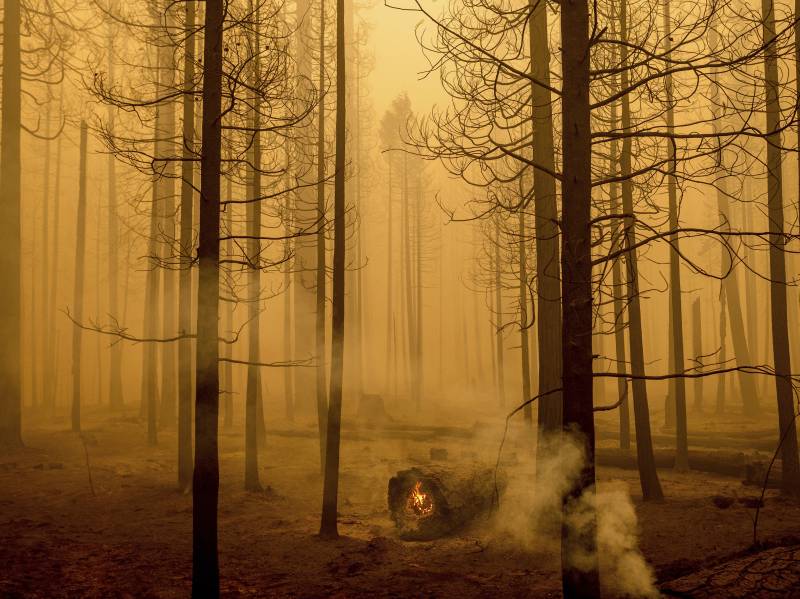Natural disasters have names and labels. Hurricane names are selected from a predetermined list. Diseases, at one point often named for where they originated, now follow a specific set of naming guidelines. Wildfires get names, too.
The Dixie Fire, California's largest single-origin wildfire in recorded history, is named for a road near where it started nearly four weeks ago. According to Cal Fire, fires are often named for their geographic location. Nearby landmarks, like roads, lakes, rivers and mountains, can also become the fire's namesake.
"If a fire is called into the 911 center off of Main Street, this fire would be called the Main Fire," explains Cal Fire's Assistant Deputy Director Daniel Berlant in an informational video. "If a caller calls in and says, 'I'm at Monterey Park and there's a fire at the park,' dispatchers would likely name this fire either the Monterey Fire or the Park Fire."
Wildfires need to be named quickly in order to start fighting them efficiently, which tends to leave the responsibility of naming the fire to the dispatcher or the first firefighters to arrive on the scene.
"All fires get a name. That allows the firefighters that are responding to them to quickly understand where they're going, and allows those back in our emergency command centers to prioritize our resources and to quickly track them down," Berlant explains.

9(MDAxOTAwOTE4MDEyMTkxMDAzNjczZDljZA004))
